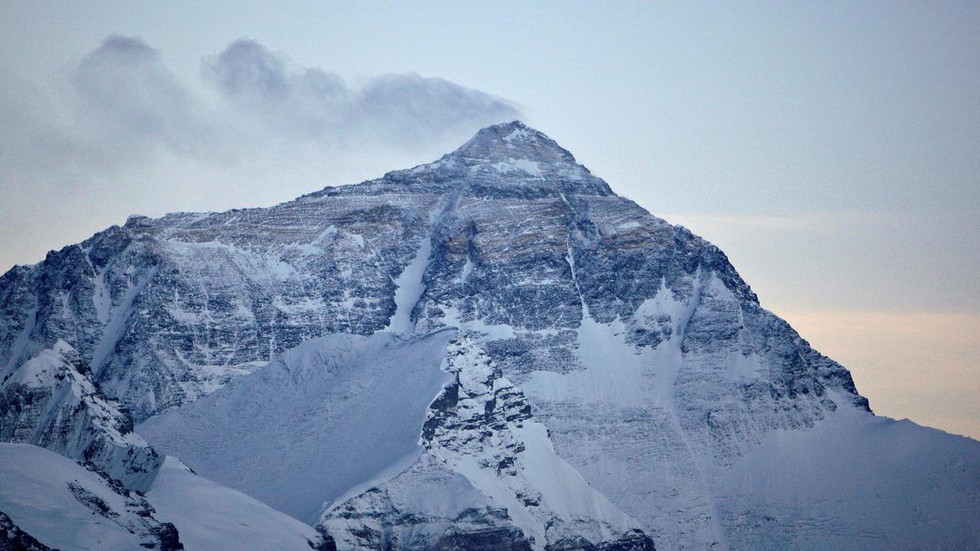Description

Disclaimer: Copyright infringement not intended.
Context: The South Asia region adjacent to the Tibetan Plateau has among the highest levels of black carbon emission in the world.
Details:
- Black carbon aerosols have indirectly affected the mass gain of the Tibetan Plateau glaciers by changing long-range water vapour transport from the South Asian monsoon region, a study has found.
- Black carbon aerosols are produced by the incomplete combustion of fossil fuels and biomass, and are characterised by strong light absorption.
- Many studies have emphasised black carbon aerosols from South Asia can be transported across the Himalayas to the inland region of the Tibetan Plateau.
- Researchers noted that black carbon deposition in snow reduces the albedo of surfaces -- a measure of how much of Sun's radiations are reflected -- which may accelerate the melting of glaciers and snow cover, thus changing the hydrological process and water resources in the region.
- Black carbon aerosols in South Asia heat up the middle and upper atmosphere, thus increasing the North–South temperature gradient.
- Accordingly, the convective activity in South Asia is enhanced, which causes convergence of water vapour in South Asia.
- Meanwhile, black carbon also increases the number of cloud condensation nuclei in the atmosphere.
- These changes in meteorological conditions caused by black carbon aerosols make more water vapour form precipitation in South Asia, and the northward transport to the Tibetan Plateau was weakened.
- As a result, precipitation in the central and the southern Tibetan Plateau decreases during the monsoon, especially in the southern Tibetan Plateau
- The decrease in precipitation further leads to a decrease of mass gain of glaciers.
- From 2007 to 2016, the reduced mass gain by precipitation decrease accounted for 11% of the average glacier mass loss on the Tibetan Plateau and 22.1% in the Himalayas.
.jpeg)
Aerosol
- An aerosol is a suspension of fine solid particles or liquid droplets in air or another gas.
- Aerosols can be natural or anthropogenic.
- Examples of natural aerosols are fog or mist, dust, forest exudates and geyser steam.
- Examples of anthropogenic aerosols are particulate air pollutants and smoke.
Black Carbon
- Chemically, black carbon (BC) is a component of fine particulate matter (PM ≤ 2.5 µm).
- It is formed through the incomplete combustion of fossil fuels, biofuel, and biomass.
- Black carbon is a climate forcing agent contributing to global warming.
- It warms the Earth by absorbing sunlight and heating the atmosphere and by reducing albedowhen deposited on snow and ice (direct effects) and indirectly by interaction with clouds.
- Black carbon stays in the atmosphere for only several days to weeks
- The IPCC have posited that reducing black carbon is one of the easiest ways to slow down short term global warming.
.jpeg)
https://www.thehindu.com/sci-tech/energy-and-environment/south-asian-black-carbon-aerosols-increase-glacial-mass-loss-over-tibetan-plateau/article66329434.ece












